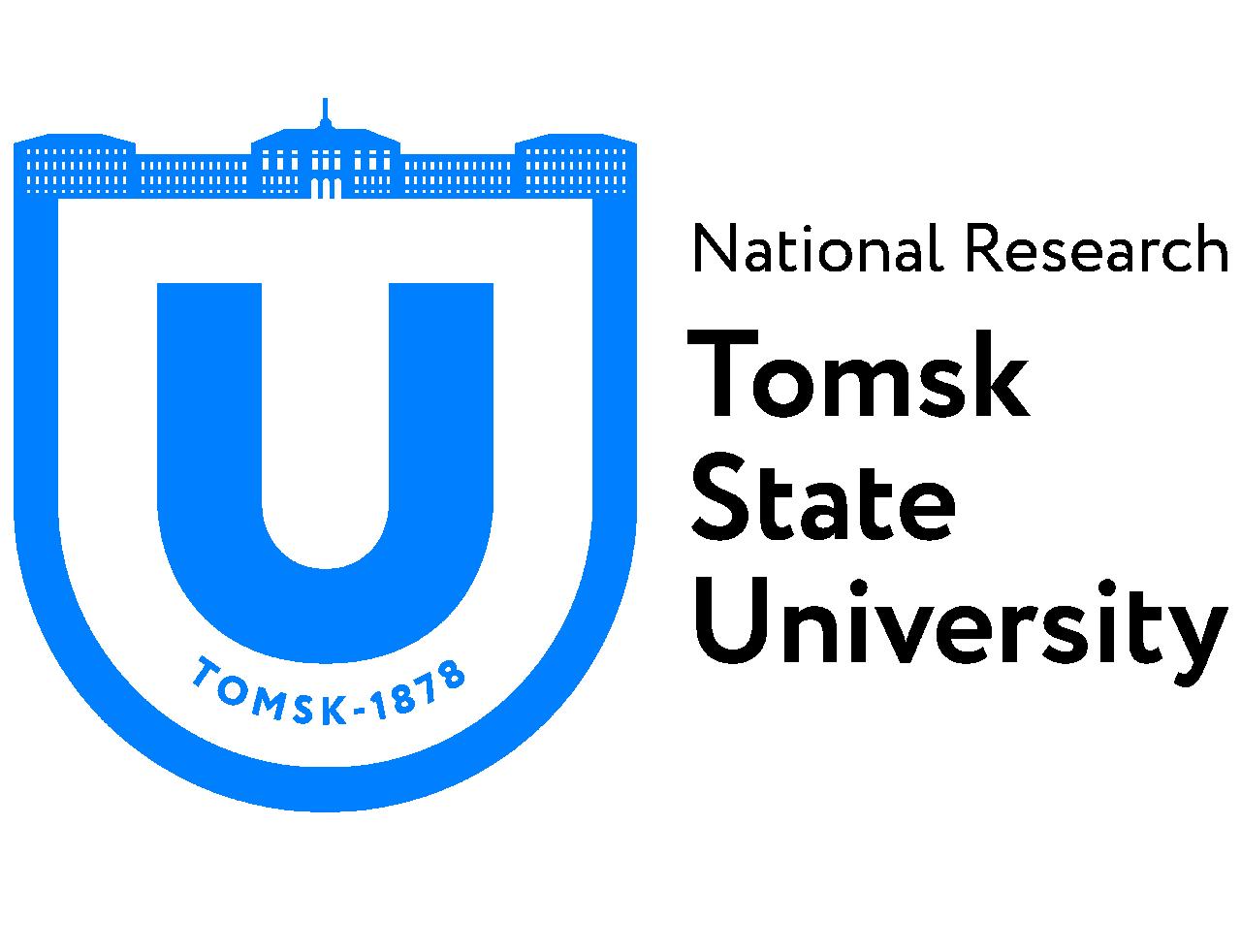Tomsk State University: Scientists investigate microdamage in aircraft glass
TSU radiophysicists proposed to study aviation glass using the holographic method of particle registration. It detects and fixes microdamage without removing the glass from the aircraft cabin, defining where microdamage is located and assessing its impact on flight safety.
Glazing is one of the key structural elements of an aircraft. Flight safety depends on the quality of its manufacture and technical condition at the time of operation. One of the most common materials in the production of glazing for modern civil and military aircraft is fluoroorganic aviation glass, and the main reason for the decrease in its strength is the appearance of very small microcracks from ultraviolet radiation, mechanical stress, and exposure to aggressive substances, for example, anti-icing fluids.
The strength of aircraft glass becomes unacceptably low for safe operation when the size of destructive defects reaches 100 microns. To control the glazing of aircraft in practice, methods of visual inspection with magnifying loupes and prisms are used, but it is impossible to determine the depth of a surface crack with an accuracy of 100 microns. Recently, research has been conducted on the use of the speckle-structure method of optical laser radiation for nondestructive testing, but the disadvantage of this method is the impossibility of determining the depth of a specific surface crack and the need to remove the glass from the structure itself.
– Unlike those techniques, digital holography makes it possible to determine the transverse and longitudinal dimensions of each glazing surface defect separately with a predetermined accuracy. This makes it possible, without removing the glass from the aircraft, to identify areas with cracks, the dimensions of which exceed the tolerances for safe operation, – explained Nikolai Yudin, research engineer of the TSU Laboratory of Radiophysical and Optical Methods for Studying the Environment.
A digital holographic camera was used to study the defects of aircraft glass at TSU radiophysics. The laser radiation from source 1 passes through collimator 2, forming a beam of the required diameter, which then illuminates the studied sample 3 in transmission. The radiation forms an interference pattern of waves scattered by inhomogeneities and transmitted without scattering. Camera 4 registers it, after which the data in the form of a two-dimensional array of discrete quantized intensity values are stored in the computer memory 5. This two-dimensional array is a digital hologram of the volume of the medium.
– Digital holography of particles and its application is one of the main areas of research in the laboratory. The staff of the TSU Faculty of Radiophysics and its partners are finding new areas of application of this technology, for example, for examining aircraft glass for microdamage. At this stage, a search is already underway to improve the accuracy of the method and its most ergonomic implementation, – said Viktor Dyomin, head of the Laboratory of Radiophysical and Optical Methods for Studying the Environment.

